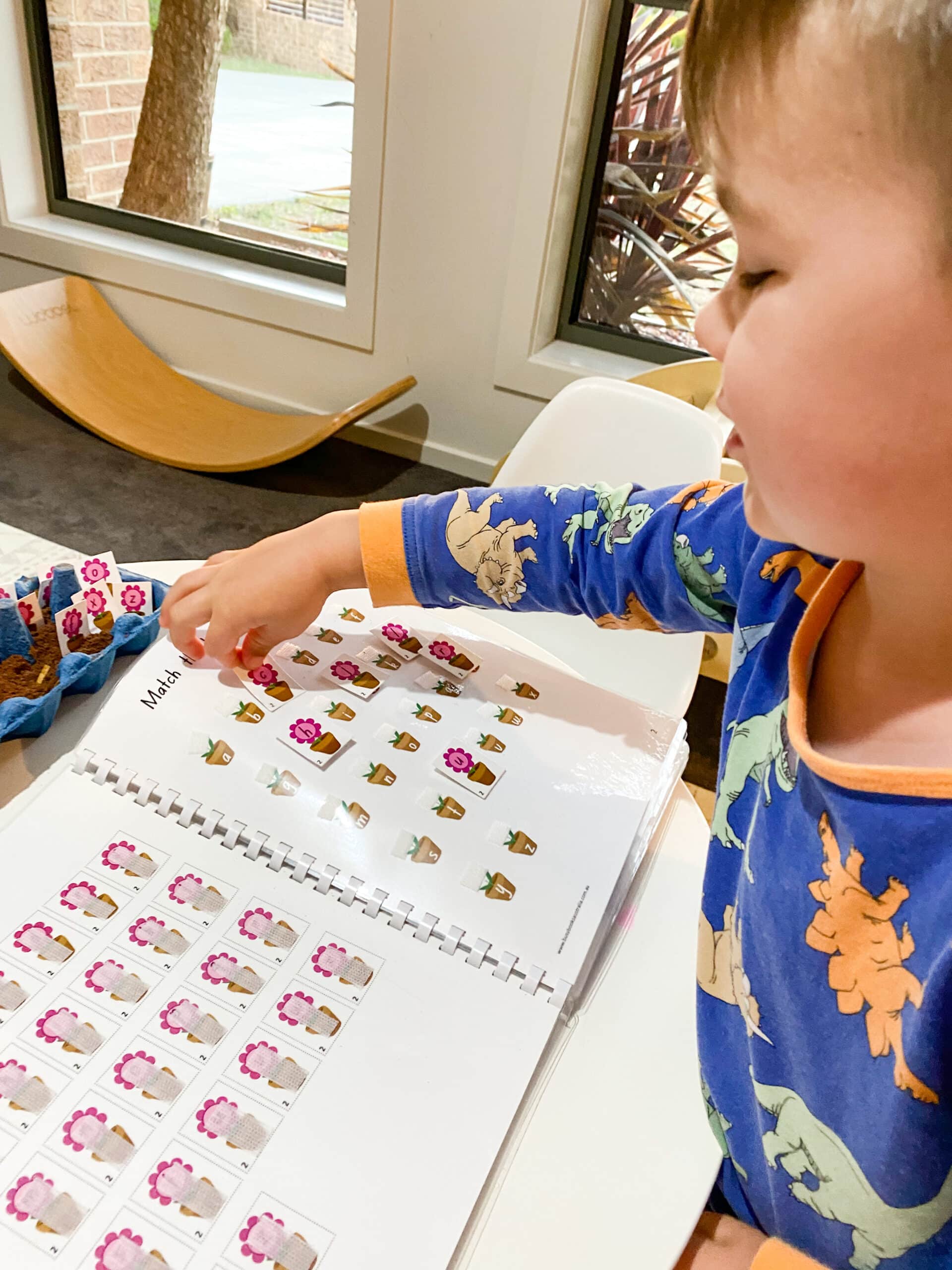Welcome to Busy Books Australia, the revolutionary new way to learn!



We use gross motor skills to do everyday things that involve our large muscles, from exercising to mowing the lawn. Most people use these skills easily and automatically. But gross motor skills are more complex than you might think.
These skills involve the coordination of the muscles and the neurological system. They impact balance and coordination. They also form the basis for fine motor skills (more on that another day) that help us make small movements.
Balance
Coordination
Body awareness
Physical strength
Reaction time
All of these abilities help kids participate successfully in every day activities.
What are the building blocks necessary to develop gross motor skills
Muscular strength: The ability to exert force against resistance.
Muscular endurance: The ability of a muscle or group of muscles to exert force repeatedly against resistance.
Motor (muscle) planning: The ability to move the body with appropriate sequencing and timing to perform bodily movements with refined control.
Motor learning: A change in motor (muscle) behaviour resulting from practice or past experience.
Postural control: The ability to stabilize the trunk and neck to enable coordination of other limbs.
Sensory processing: Accurate registration, interpretation and response to sensory stimulation in the environment and one’s own body.
Body awareness: Knowing body parts and understanding the body’s movement in space in relation to other limbs and objects.
Balance: The ability to maintain position whether that is static, dynamic (moving) or rotational.
Coordination: Ability to integrate multiple movements into efficient movement.
Crossing Mid-line: The ability to cross the imaginary line running from the child’s nose to pelvis that divides the body into left and right sides.
Proprioception: This is information that the brain receives from our muscles and joints to make us aware of body position and body movement.
Muscle Tone: The resting muscle tension of a muscle which is the continuous and passive partial contraction of the muscles.
(Thanks to childdevelopment.com.au for these building block tips)
Now here at Busy Books Australia we can’t claim that our Busy Books can help with all of the above areas of development, but our Busy Books do and can assist with the development of some of these areas in conjunction with many other development skills and abilities.
Have you any questions on the above or on our Busy Books? Please feel free to contact us with them.
Share this article via:
Did you know we share more content and practical applications of Busy Books inside our VIP group?
Engaging your busy toddler or young child in learning can be a tricky thing. With short attention spans and eager to discover the next exciting adventure, capturing a child’s interest with quality educational resources can feel like you you are continuously chasing that pot of gold at the end of the rainbow. What if we […]
Neurodivergent children, autistic children and children with ADHD or ASD develop skills at a different rate than non-neurodivergent children. Even how they learn can be different, and they can experience challenges with social skills, processing information, sensory processing, communicating with others and other developmental delays. As a parent or teacher of neurodivergent children, autistic children […]
Every parent wants their child to succeed in life, reaching milestones and developing skills. Sometimes this may be a little slower than expected, such as development delays in the way a child moves, communicates, learns or even behaves with others. Whether you’re a parent or work with children, you can help children with developmental delays […]
Finding out your child is experiencing a communication or language delay can be disheartening. But with the right tools, you can give your child the best chance and opportunities to develop their verbal communication skills. Busy Books are one of these tools, with parents all over Australia thankful they took that step to help their […]
Busy Books are recommended by speech pathologists, occupational therapists, early childhood educators and paediatric specialists to help with childrens’ learning and development. There are activity books for children from 18 months and up, all the way through to the teenage years. The bright colours, fun characters and hands-on activities help keep kids interested and engaged […]


Busy Books Australia offers you the choice of pre made quality, educational printed Busy Books for the Busy family, ready for countless hours of learning, delivered to your door.
Busy Books are made with love, care and attention. We are confident your family will enjoy, learn and grow with these invaluable tools.
© 2024 Busy Books Australia | Website and SEO Gold Coast by Launch Experts Policy | Return Policy | Terms of Service | Shipping Policy